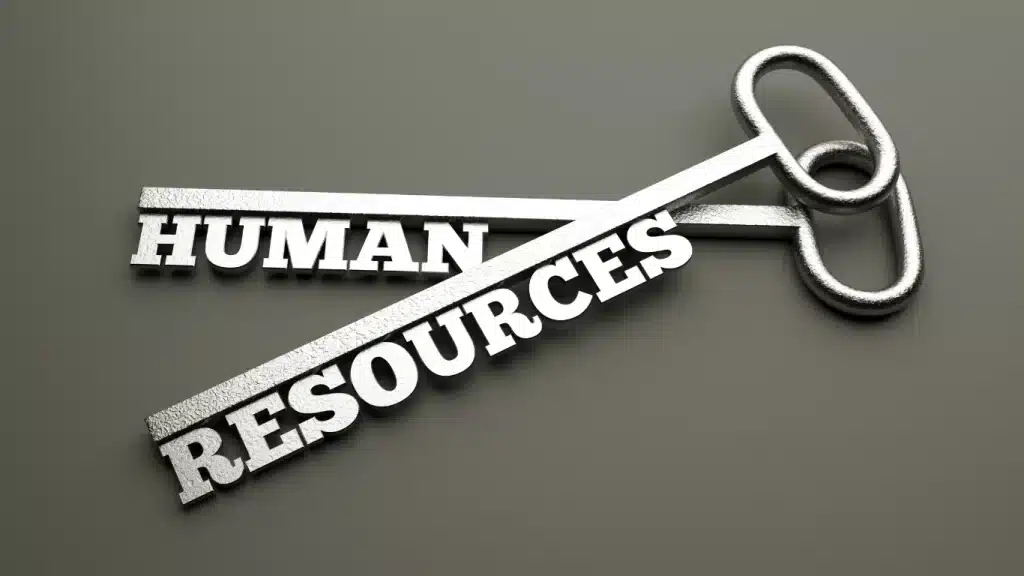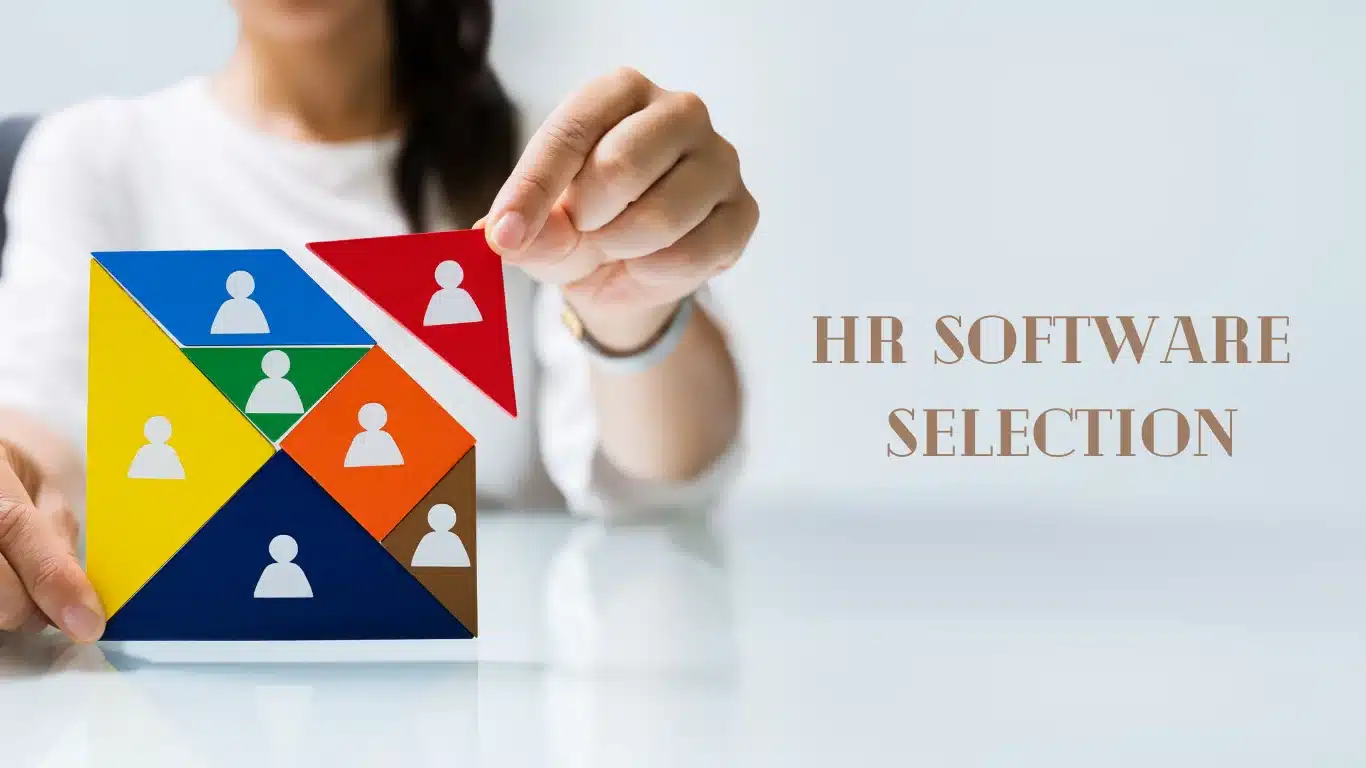In this article, we will delve into the complexities of HR software selection, exploring key considerations, available types, impact on organisational efficiency, and successful strategies. By the end of this comprehensive guide, you will be provided with the knowledge and insights to navigate the maze of HR software selection with confidence and success.
The Importance of HR Software Selection
The importance of HR software selection cannot be overstated in today’s dynamic business environment. With the growing complexity of HR processes and the ongoing demand for data-driven decision-making, the right HR software solution can streamline operations, enhance employee experience, and drive strategic HR initiatives. From automating repetitive tasks to providing real-time analytics for informed decision-making, HR software has become a cornerstone of modern HR management. However, the significance of HR software selection lies in its ability to align with the unique needs and goals of an organisation. A one-size-fits-all approach does not work in HR software, and understanding the importance of tailored selection is highly important.

Selecting the most suitable HR software solution requires an understanding of the organisation’s current HR processes, pain points, and future objectives. By doing an assessment of the existing HR infrastructure and engaging key stakeholders, HR professionals can gain valuable insights into the specific requirements that the new software must fulfill. Moreover, understanding the importance of scalability, user-friendliness, and integration capabilities can aid in choosing the right solution. Therefore, the importance of HR software selection lies in its potential to transform HR operations, drive strategic initiatives, and foster a culture of continuous improvement within the organisation.
Key Considerations for Choosing HR Software
When it comes to choosing HR software, several key considerations must be taken into account to ensure that the selected solution aligns with the organisation’s unique requirements and long-term goals.
The first consideration revolves around the scalability of the HR software, as it should be able to accommodate the evolving needs of the organisation as it grows and expands. Additionally, the flexibility and customisation options of the software are crucial, as they allow for tailored configurations to meet specific HR processes and workflows. Another consideration is the integration capabilities of the HR software with existing systems, such as payroll, performance management, and recruitment platforms. Seamless integration eliminates data silos and enables a unified view of employee information across the organisation.
Furthermore, the user experience and interface of the HR software are essential considerations, as they directly impact user adoption and engagement. Intuitive navigation, mobile accessibility, and self-service functionalities contribute to a positive user experience, driving higher employee satisfaction and productivity. Data security and privacy regulations are non-negotiable when choosing HR software, emphasising the need for robust data protection measures and secure access controls. Lastly, the vendor’s reputation, support services, and future roadmap for the software should be thoroughly evaluated to ensure a reliable and long-term partnership. By carefully considering these key factors, HR professionals can make informed decisions when choosing HR software that best fits the organisation’s needs and objectives.
Types of HR Software

The most common type of HR software is the Human Resource Information System (HRIS), which serves as a comprehensive platform for managing employee data, payroll, benefits administration, and compliance tracking. HRIS provides a centralised repository for all HR-related information, enabling efficient data management and reporting.
Another type of HR software is the Applicant Tracking System (ATS), designed to streamline the recruitment and hiring process by automating job postings, candidate sourcing, resume screening, and interview scheduling. ATS enhances the efficiency and effectiveness of talent acquisition efforts, resulting in better candidate experiences and faster time-to-hire.
Additionally, Performance Management Software offers tools for setting goals, conducting evaluations, and providing feedback to employees, fostering a culture of continuous development and performance improvement.
Learning Management Systems (LMS) are another type of HR software that facilitates the creation, delivery, and tracking of employee training and development programs. LMS platforms support e-learning initiatives, compliance training, and skill development, empowering employees to acquire new knowledge and skills.
Furthermore, Employee Engagement Software focuses on measuring and improving employee satisfaction, motivation, and overall workplace experience through surveys, feedback mechanisms, and performance analytics.
The Impact of HR Software on Organisational Efficiency

The adoption of HR software has a profound impact on organisational efficiency, transcending traditional HR functions to drive strategic value and competitive advantage. By automating repetitive administrative tasks, such as leave management, time tracking, and benefits administration, HR software frees up valuable time and resources for HR professionals to focus on strategic initiatives along with employee engagement.
Moreover, the real-time data and analytics capabilities of HR software enable evidence-based decision-making, allowing HR leaders to identify trends, measure performance, and forecast future workforce needs. This data-driven approach enhances the agility and responsiveness of HR management, enabling proactive interventions and adjustments to align with organisational goals and market dynamics.
The impact of HR software on organisational efficiency extends to employee experience and satisfaction. Self-service functionalities, mobile accessibility, and personalised dashboards motivate employees to manage their HR-related tasks and access relevant information on their own, reducing dependency on HR personnel and enhancing overall satisfaction.
Additionally, HR software plays a pivotal role in streamlining communication, collaboration, and feedback mechanisms within the organisation, fostering a culture of transparency, accountability, and continuous improvement.
How to select HR Software?
The first strategy in selecting hr software for your business revolves around conducting a thorough needs assessment and defining clear objectives for the new HR software. Engaging key stakeholders, including HR professionals, IT personnel, and end-users, in the requirements-gathering process ensures a comprehensive understanding of the organisational needs and expectations.
Creating a cross-functional selection committee with representation from different business units can provide diverse perspectives and insights into the specific requirements and challenges across the organisation.
Leveraging the power of demos and trials offered by potential vendors is also important. Requesting hands-on demonstrations and trial access to the HR software allows for a deeper understanding of its functionalities, user interface, and alignment with the organisation’s requirements. Actively involving end-users in the evaluation process and gathering their feedback and user experience insights can provide valuable input for informed decision-making.
Furthermore, conducting reference checks and seeking testimonials from existing customers of the HR software vendors can offer insights into the vendor’s reliability, support services, and the actual performance of the software in real-world scenarios.
Lastly, formulating a comprehensive request for proposal (RFP) that outlines the specific requirements, evaluation criteria, and implementation timelines can streamline the vendor selection process and ensure that all solutions are assessed against the same set of parameters. By implementing these strategies, HR professionals can navigate the maze of HR software selection with confidence and ensure the successful adoption of a solution that adds strategic value to the organisation.
Conclusion and the Future of HR Software in the Workplace
In conclusion, the process of HR software selection is a multifaceted journey that requires careful consideration, effective planning, and a thorough understanding of the organisation’s unique needs and goals. By embracing key considerations, exploring the best HR software types available in the market, understanding the impact on organisational efficiency, implementing successful strategies, and prioritising training and support. HR professionals can successfully navigate the maze of HR software selection and ensure the adoption of a solution that adds strategic value to the organisation.
Looking ahead, the future of HR software in the workplace is poised for continued evolution and innovation, driven by advancements in technology, changing workforce dynamics, and the ever-increasing need for organisational agility and resilience. The integration of AI, predictive analytics, and machine learning capabilities into HR software solutions holds the potential to revolutionise talent management, workforce planning, and employee engagement. Furthermore, the emphasis on employee experience, well-being, and diversity and inclusion initiatives is expected to shape the future development of HR software, with a focus on creating more personalised, adaptive, and empathetic HR solutions.
As the workplace landscape continues to evolve, HR software will play a pivotal role in enabling organisations to adapt, thrive, and drive sustainable growth. By embracing the latest trends, harnessing the potential of emerging technologies, and prioritising the human-centric approach to HR management, organisations can leverage HR software as a strategic enabler for fostering a culture of innovation, resilience, and continuous improvement.





